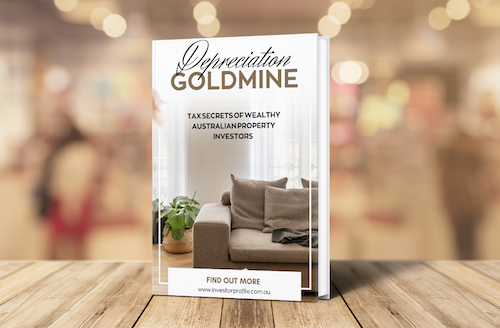Understanding Stamp Duty on House & Land Packages in Australia
In Australia, stamp duty represents a significant expense for property buyers. However, when purchasing a house and land (H&L) package, buyers can benefit from substantial savings. This is because stamp duty is typically levied only on the land portion rather than the combined value of the house and land.
For example, if you buy an H&L package priced at $700,000 where the land is valued at $200,000, stamp duty is calculated only on the $200,000. This approach can lead to notable cost reductions.
Economic Benefits of House and Land Packages
Entering the real estate market with a house and land package can be a strategically economical decision. Here are a few reasons why:
- Stamp Duty Savings: Since the duty is applied only to the land, the overall cost can be reduced significantly.
- Customization Potential: Buyers often have the opportunity to influence the design of their new home, which may enhance future property values.
- New Build Advantages: New properties frequently come with warranties and higher energy efficiency, adding extra value to the purchase.
A Closer Look at Stamp Duty Savings
Consider this scenario:
- Total Package Price: $700,000
- Land Value: $200,000
- Stamp Duty Calculation: Based solely on the land value, meaning only $200,000 is considered.
- Savings Potential: By avoiding stamp duty on the full $700,000, buyers can save tens of thousands of dollars.
Tax Considerations and Implications
Investment Properties
When it comes to investment properties, the tax treatment for stamp duty can differ:

Discover the #1 tax secret wealthy Australian property investors use to grow their portfolios faster — even in a high interest rate environment.
- Learn how to turn wear and tear into wealth
- See real examples of $15,000+ first-year deductions
- Understand how to structure your purchases for maximum after-tax ROI
Download Your Free Wealth Building Guide
This ebook reveals how to legally slash your tax bill while building long-term wealth through property. Learn the strategies savvy investors use to gain an edge — even before settlement.
- Maximise tax deductions and improve cash flow
- Understand Division 40 vs 43 and how to claim both
- Position yourself to reinvest and scale faster
- Non-Deductibility at Purchase: Stamp duty paid on investment properties cannot be immediately written off.
- Capital Gains Tax (CGT): This duty can be added to the property's cost base, which helps in reducing the taxable gain on a future sale.
Owner-Occupied Homes
For owner-occupied properties, the situation changes:
- Stamp duty cannot be deducted nor added to the cost base as the primary residence exemption applies.
- The expense must be met at the time of purchase without offering offsets for other taxable income.
State-by-State Stamp Duty Variations
Each state in Australia has its own set of rules affecting stamp duty payments. For instance:
- New South Wales (NSW): Stamp duty is generally due within three months of purchase.
- Queensland (QLD): Buyers must settle stamp duty within 30 days of settlement.
- Victoria (VIC): Similar to NSW, with a deadline of up to 30 days after settlement.
How to Calculate Stamp Duty
Most state revenue offices offer online calculators to assist buyers in estimating stamp duty expenses. Useful links include:
Consulting Tax Professionals
Before finalizing any property investment, particularly when it comes to stamp duty implications, it is wise to consult with a tax professional. Expert advice can guide you toward strategies that may save you thousands and help you avoid common pitfalls.
Conclusion
Navigating the complexities of stamp duty—especially with house and land packages—requires a clear understanding of the financial advantages available. By leveraging state-specific tools and professional tax advice, buyers and investors alike can make informed decisions that optimize their overall costs.
For further insights on managing upfront costs and understanding tax impacts, please visit our investor property guide.


